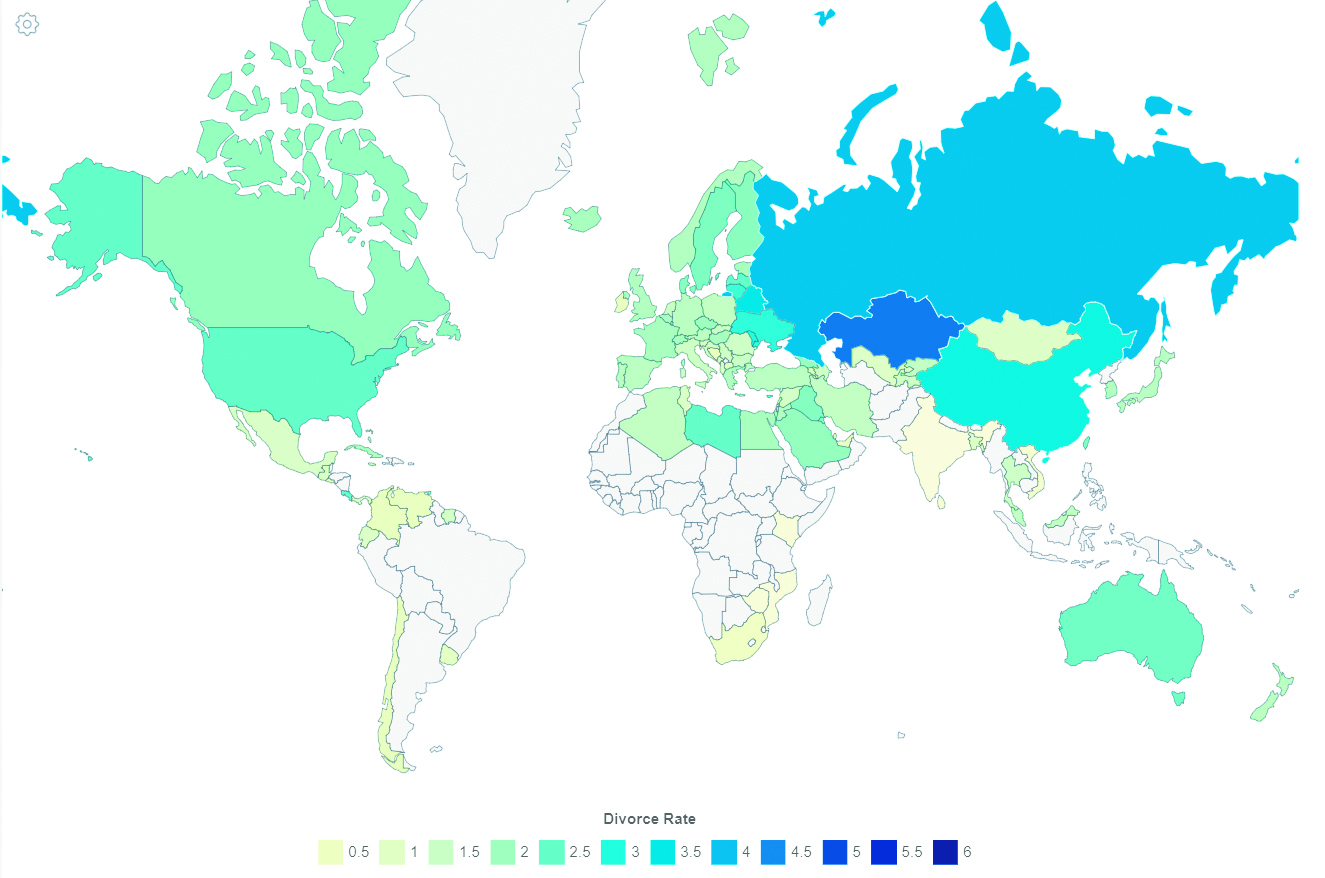In the realm of human connections, marriage stands as a sacred bond, intertwining two individuals for a lifetime. It establishes a legal, cultural, and/or religious affiliation, influencing various aspects such as names, addresses, and future family dynamics.
Regarded as a cultural universal, marriage is deemed so integral to the human experience that no known society operates without it. The motivations for marriage are diverse, ranging from love and companionship to the aspiration of building a family, ensuring financial stability, attaining social status, and fulfilling religious commitments.
Regardless of the reasons, marriage is universally recognized as a pivotal event that shapes the lives of those involved.
Divorce and its causes
Occasionally, the ties of matrimony face fractures. The United States National Center for Health Statistics reveals that around 4-5 million individuals enter matrimony annually in the U.S. However, a significant portion, approximately 42-53% of these marriages, ultimately conclude in divorce.
Divorce can stem from various factors, encompassing infidelity, financial struggles, diminished intimacy, substance abuse, domestic violence, wavering commitment, moral or religious disparities, and the natural progression of growing apart.
Irrespective of the cause, divorce is not an exclusive phenomenon within the United States. Its occurrence is a global phenomenon, resonating worldwide—perhaps as widespread as the institution of marriage itself.
Highest divorce rate
Based on data from the United Nations and various sources, the Maldives emerged as the country with the highest divorce rate globally in 2020. With 2984 divorces reported against a population of 540,544, the Maldives recorded a divorce rate of 5.52 per 1000 people. This marks a significant decrease from its renowned rate of 10.97 in 2002, which earned the country a Guinness World Record.
The prevalence of divorces in the Maldives is often attributed to a societal outlook that disapproves of extramarital relations. However, the ease of both entering into and terminating marriages contributes to a swift cycle of marrying quickly and divorcing with minimal complexity if the relationship falters. Additionally, a cultural shift is underway, empowering women in the Maldives to be more self-sufficient financially, allowing them to exit marriages that are not fulfilling.
Following the Maldives, the former Soviet republic of Kazakhstan experienced the second-highest divorce rate in the world in 2020, standing at 4.6 divorces per 1000 people. Russia (3.9), Belgium (3.7), and Belarus (3.7) closely trailed. The United States shares spots 9-12 on the list, with an annual divorce rate of 2.7 per 1000 people. Within the U.S., Nevada claims the highest divorce rate among states at 14%.
Lowest divorce rate
Conversely, certain nations boast remarkably low divorce rates. Sri Lanka stands out as the country with the lowest divorce rate globally, recording a mere 0.15 divorces per 1,000 residents. Following closely, Vietnam and Guatemala share the second-lowest rate at 0.2 divorces per 1,000 residents. Saint Vincent and the Grenadines, Peru, and South Africa secure positions 4th through 6th, while a nine-way tie at 0.70/1000 creates congestion, encompassing spots 7-15.
It’s important to acknowledge that a low divorce rate does not automatically imply that the citizens of a country experience blissful and thriving marriages. In some regions, obtaining a divorce may be legally challenging, and individuals, especially women, might find it difficult to leave an unfavourable marriage due to concerns for their safety or the well-being of their children. Additionally, limited financial means or societal constraints might hinder the ability to support a family independently.
If one takes the top 6 countries with the lowest divorce rates and tracks their scores on the United Nations’ 2019 Gender Inequality Index (GII), they rank as follows:
Gender Inequality Index (GII) of the top 6 countries with the lowest divorce rates (out of 162 countries, a lower GII is better):
Sri Lanka records GII of .401, ranked 90th, Guatemala records GII of .479, ranked 119th, Vietnam records GII of .296, ranked 65th, Peru records GII of .395, ranked 87th, South Africa records .406, ranked 93rd.
In contrast, nearly all but three of the top 13 countries with the highest divorce rates ranked within the top 50 in terms of gender equality. These findings underscore the importance of avoiding sweeping conclusions about married life in a specific country based solely on its divorce rate.
Effect of the COVID-19 pandemic on divorce rates
The global COVID-19 pandemic, which unfolded in 2020-21, left a profound impact on various aspects of daily life, including marriage and divorce rates. Notably, the imposition of pandemic-related lockdowns and restrictions on public gatherings led to a significant decline in marriage rates worldwide in 2020. Concurrently, divorce rates also witnessed a notable decrease, with most countries experiencing a decline of .2 to .4 points.
As an illustration, Slovenia saw a decrease in its divorce rate from 1.2 in 2019 to .8 in 2020. Similarly, Hungary experienced a drop from 1.8 to 1.5, Seychelles went from 1.9 to 1.7, and the Dominican Republic saw a substantial decline from 2.5 to 1.2. However, Denmark, typically regarded as one of the top 10 countries to live in, defied the trend, experiencing a surge in its divorce rate from 1.8 to 2.7 during the 2020 pandemic.
Divorce rate and its connection to the marriage rate
The divorce rate alone may not provide a comprehensive understanding of the frequency of divorces in a given country. This is due to the fact that the divorce rate is calculated as a percentage of the total population, rather than in relation to the total number of marriages.
The significance of this distinction lies in the fact that a divorce rate might appear concerning if the total population is considered, but it could be quite impressive if only married individuals are taken into account.
To address this, it is common to analyze divorce rates alongside a country’s overall marriage rate, and sometimes these figures are combined to derive a marriage/divorce ratio or percentage.
For instance, considering the United States’ 2019 divorce rate of 2.7 new divorces per 1000 people in relation to the number of marriages that occurred in the same year (6.1 per 1000 people), it results in one new divorce for approximately every 2.26 new marriages, translating to a divorce percentage of just over 44%.
While this calculation is not entirely precise, as divorce rates ideally should be compared to the marriage rates from the year each dissolving marriage originated, it offers a useful and relatively straightforward estimate, particularly when more detailed data is not available.










